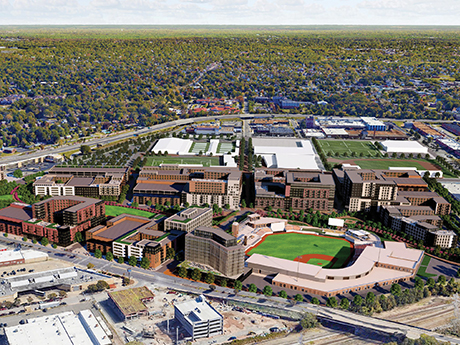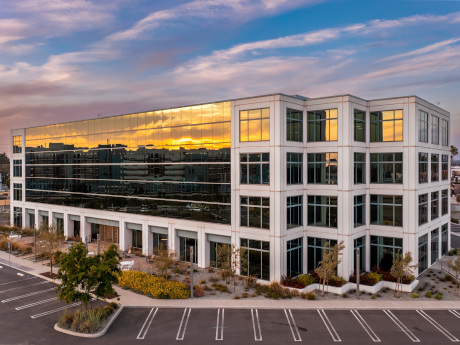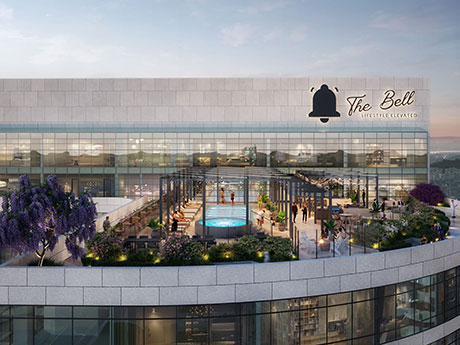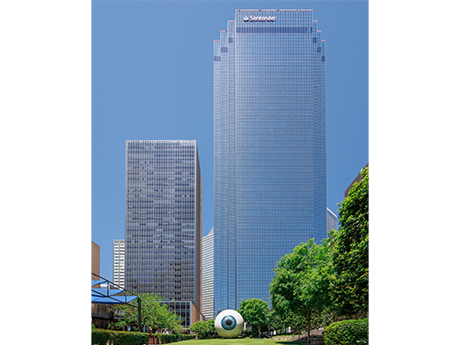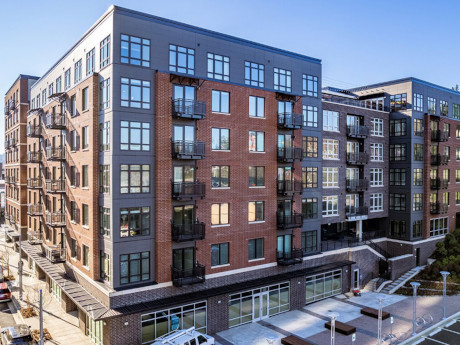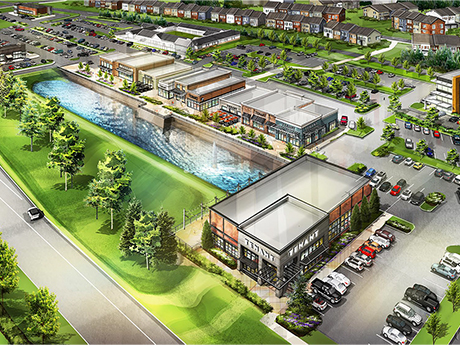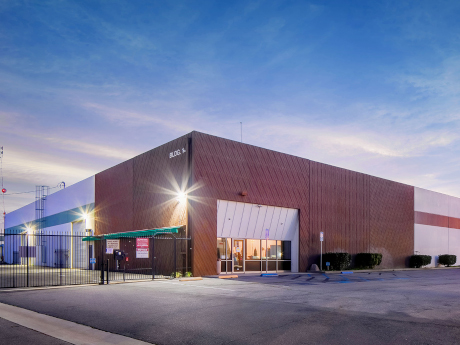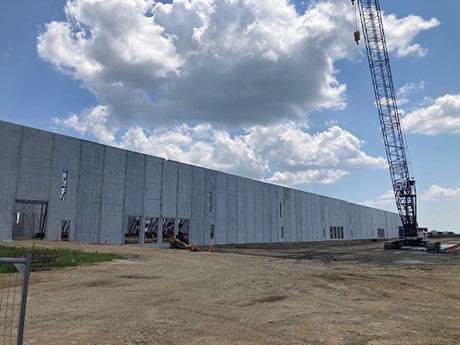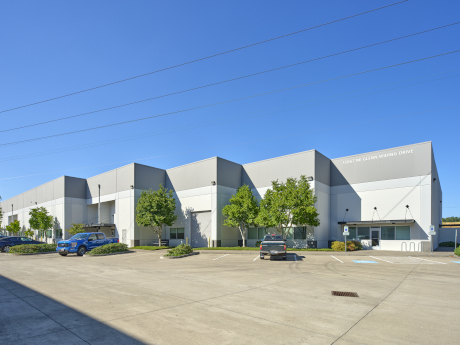Richmond, capital of the Commonwealth of Virginia and centrally located between the rolling hills of the Blue Ridge Mountains and the sandy beaches fronting the Atlantic Ocean, remains a vibrant city with an educated and expanding workforce benefitting from the city’s thriving and diverse economy. Home to eight Fortune 500 companies and three Fortune 1000 businesses, Richmond’s unemployment rate of 2.8 percent, a 10-basis-point decrease year-over-year, is slightly above the state’s unemployment rate of 2.7 percent but well below the national rate of 4.3 percent, according to data from the U.S. Bureau of Labor Statistics. Richmond’s job market has remained robust, adding over 38,000 jobs from first-quarter 2020 through summer 2024. In the past 36 months alone, CoStar Group (2,000 new jobs), LEGO (1,760 new jobs), and SanMar (1,000 new jobs) have all announced significant corporate and capital commitments to the market. Government and education/health remain the largest regional employment sectors and have experienced the highest year-over-year employment increases of 3.7 percent and 4.7 percent, respectively. Richmond’s continued ability to retain and attract talent due to a high quality of life, affordable cost of living and access to an abundance of local and regional amenities has had a profound impact …
Market Reports
— By Marty Pupil — The Orange County office sector continues to battle through the early stages of a market turnaround as tenants adapt to new workplace strategies while balancing employee retention and company production. The market is beginning to thaw, however, as more tenants make decisions on their office space requirements, creating opportunities for tenant activity. Net absorption was negative at the onset of 2024, totaling 338,100 square feet. South County experienced the highest amount of move-outs at 199,002 square feet, followed by the Airport Area with 171,171 square feet. Central County, North County and West County submarkets combined for positive absorption of 32,073 square feet. Right now, positive absorption shows up in pockets of the market and can vary by submarket and quarter. Positive absorption for the overall market will become sustainable when new leasing activity reaches levels that are high enough to compensate for givebacks. Total vacancy in the first quarter rose 20 basis points quarter over quarter to 18.1 percent from 17.9 percent, while increasing year over year from 18 percent. Despite this, current vacancy remains well above the pre-pandemic 10-year average of 13.9 percent. For perspective, vacancy peaked at 19.2 percent during the financial crisis …
By Donald Lydon, Avison Young Cleveland offers a mix of hurdles and opportunities across its industrial, office and multifamily sectors. With limited speculative construction, landlords are poised to leverage rental increases. Meanwhile, developers eyeing Cleveland should anticipate longer lead times for new projects, navigating through municipal regulations and land availability challenges. This nuanced landscape presents openings for savvy investors, developers and occupiers looking to capitalize on Cleveland’s evolving real estate dynamics. Resilient and mature, yet relatively untapped industrial market presents opportunities to national developers. Cleveland’s industrial sector is in a strong position relative to similar Midwest markets. With vacancy rates comfortably low at around 4 percent, rents are edging upward as developers struggle to find capital outlay nationally and spec development has all but stopped in most markets. The current landscape features a mix of large distribution hubs and older, yet prime, manufacturing facilities in key locations across Cleveland and Akron. Many facilities leased to third-party logistics companies seem to be stockpiling goods where others sit nearly empty, reflecting evolving needs in logistics and storage amid ongoing supply chain adjustments. This dynamic is leading to diverse demands: from small to mid-sized multi-tenant flex spaces (10,000 to 30,000 square feet) to …
By Emin Aboolian, senior vice president of underwriting, iBorrow It is not a shock to anyone in the industry to say that the commercial real estate market this year has been challenging and expected to experience further turbulence. The hoped-for interest rate cuts from the Federal Reserve have not yet happened. Price expectations from sellers have remained too optimistic due to the historic low interest rate environment that defined the capital markets for more than a decade. Investors with robust capital buckets continue to sit on the sidelines waiting for price corrections. The wall of impending maturities keeps getting closer — and seemingly larger. The “extend and pretend” approach from large lenders has pushed some maturities out but has not addressed the underlying debt-to-income ratios that these struggling commercial properties face. In summary, no matter what segment you are in — retail, office, industrial or multifamily — 2024 has been a tough year so far and is expected to carry into 2025 until sellers are forced to transact. So why do we think these clouds are going to clear generally, with the Texas market in particular pulling ahead in its recovery? Broadly speaking, the real estate sector is a victim …
— By Josh McDonald, Executive Vice President, CBRE’s Institutional Multifamily Investment Services — Recent data points to positive trends in Portland’s multifamily leasing market heading into the summer months. The rebound in absorption and declining new supply — primarily driven by an active suburban renter base — highlight the resilience and growth potential of the local rental market. The positive leasing trends in Portland have contributed to create an increase in recent investment sales opportunities. Strong leasing performance, as indicated by elevated absorption rates and demand for rental properties, often translates into positive investor sentiment and heightened investment activity in the multifamily sector. This may signal to investors that the market has opportunities for solid returns and growth potential. The green shoots in seasonal leasing are weighted in the suburbs with demand accounting for more than 65 percent of the net change in occupied units, emphasizing a strong preference for suburban living. With more than 3,100 units absorbed in 2024 already, the year is on track to surpass the full-year totals for both 2022 and 2023. This may potentially exceeding the 10-year average as well, according to CoStar. Denser urban areas and the Central Business District also experienced an increase …
Richmond’s Retail Market Is as Hot as a Firecracker, With a New Baseball Stadium Underway
by John Nelson
If you asked any retail broker in the Richmond market in April 2020 what the forecast might look like, the response would be dark and stormy skies ahead with record-high retail vacancy rates. Fast forward four years later, and the forecast has been quite the opposite, with sunny skies in terms of deal flow and record-low retail vacancy rates, both a positive and a negative as it relates to the vacancy rate itself. Richmond boasts close to 82 million square feet of retail space, and at the end of the second quarter of this year, the vacancy rate stood at 3 percent. Despite COVID, the vacancy rate stood at 5.1 percent at the end of 2020. The market is experiencing record-high demand for new space and about a 15.6 percent year-over-year increase in quoted rental rates due to that demand and limited product availability. Since 2020, our market has seen, on average, 2 million square feet of retail space leased per year, and all signs point to steady leasing velocity in the future. Short Pump, Hull Street West The Short Pump and Hull Street West submarkets continue to be the prime focus of many retailers looking to expand in …
Orange County Industrial Sector Experiences Leasing Slowdown, but Investment Remains Active
by Jeff Shaw
— By Erick Parulan — The Orange County industrial market, along with Los Angeles and the Inland Empire, is experiencing a general decline in leasing activity as it navigates the post-pandemic landscape. Tenant demand and leasing have significantly slowed as occupiers adopt a more cautious approach to expansion, with some occupiers deciding to downsize and consolidate their industrial footprints. Tenant occupancies continue to contract in the second quarter, with manufacturers, retailers and 3PL (third-party logistics) companies shedding unused space that may have been acquired during the pandemic frenzy, further increasing sublet availabilities. Orange County sublet availabilities surpassed 3.3 million square feet in the second quarter of 2024, raising total availabilities to 9.5 percent for the quarter. While pandemic-driven rental rates hit historic highs, they have since cooled amid softening demand. Many landlords now offer increased free rent concessions to attract new tenants. Average asking lease rates have been on the decline in Orange County over the past two quarters. They decreased by 5.2 percent from the prior quarter, reaching $1.64 per square foot in second-quarter 2024. High market rents previously deterred many occupiers, but with rents on the decline, some tenants have adopted a wait-and-see approach to see where rates …
By John G. Ruhl, NAI Ruhl Commercial Co. People are always surprised when they learn how many communities are part of the Quad Cities since they think it stops with just four towns. For the record, there are 58. The bi-state region includes Moline, East Moline and Rock Island, Illinois, and Davenport and Bettendorf, Iowa, as the main core cities. The Quad Cities is the largest metro area between St. Louis and Minneapolis on the Mississippi River. The Mississippi River was the main reason for this region’s initial growth historically since it was an important distribution channel. John Deere moved his base of operation to Moline, Illinois, in 1848 to utilize the river’s power for manufacturing and transportation of goods. The world headquarters of Deere & Co. are still based here, along with many of its factories and distribution centers, making it the region’s largest employer. Several other Fortune 500 companies have a major presence in this region, including Arconic, 3M, Nestle-Purina and Kraft Heinz. The Quad Cities has always been led by smaller manufacturers, suppliers and service providers supporting our major employers and the regional economy. More than 1,200 manufacturers from all industry sectors are based in the …
— By Gabe Schnitzer, Vice President of Industrial Properties, Norris & Stevens — Portland and Southwest Washington possess a total industrial real estate market of 233 million square feet. Portland is frequently praised as the most affordable city on the West Coast, offering lower average home prices compared to its northern and southern counterparts, while providing a high quality of life for its residents. From 2017 to 2022, Portland’s average annual industrial sales volume was $810 million, with institutional funds accounting for 20 percent of the total sales volume during that time. This represented the highest average industrial volume for the city, with early 2022 boasting nearly $1.4 billion in total sales volume. Then Portland experienced its wake-up call. Ill-conceived legislation, poor leadership and damaging national media coverage caused the city’s reputation to decline. This, in turn, led to a significant drop in the city’s industrial sales volume. From 2022 to 2023, the volume fell by almost $500 million. Despite hopes of stabilization in 2024, sales volume dropped further by nearly $150 million. While some of this decline can be attributed to interest rates and other macroeconomic factors beyond Portland’s control, the impact on institutional investors has been severe. Their …
We are fortunate to live and work in a region that experiences steady growth and maintains a healthy economy. From a commercial real estate perspective, the Richmond market is a consistent performer due to its diversified economy and reliable and consistent business drivers. Industrial and multifamily construction activity has remained strong without being overbuilt, eliminating the pattern of “boom and bust” that some other areas experience. A submarket that has been red hot is Scott’s Addition, a 20-square-block neighborhood that has been transformed from warehouses and light industrial to a mixed-use mecca of multifamily, office and retail. Developers and tenants alike appreciate the proximity to the interstate, numerous amenities and abundant diversity within the community. Exceptional walkability scores, along with a thriving restaurant and brewery scene, seem to be driving tenants’ willingness to pay the highest rents in the area. The high cost of new construction also informs these rents and, ultimately, is passed through to end users. Scott’s Addition will likely continue to be a desirable location for many, although high rents and challenging parking will remain an issue for some. Another very desirable submarket and consistent performer is Glen Forest. Primarily office- and medical-focused, this area offers Class …


